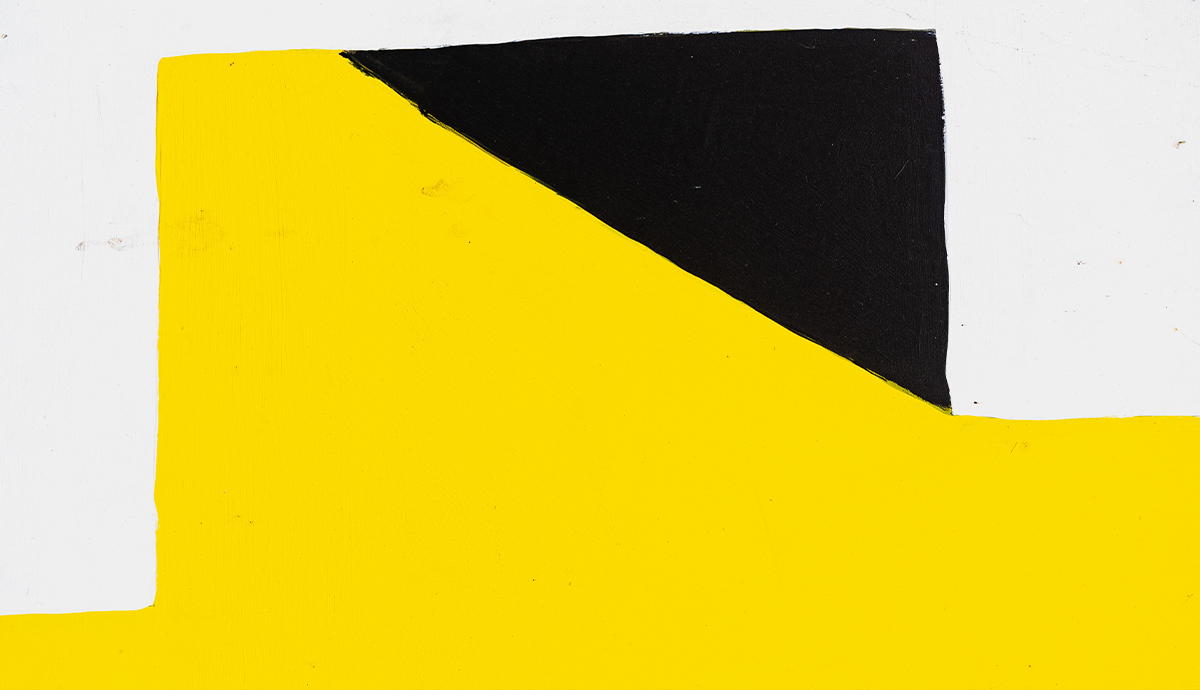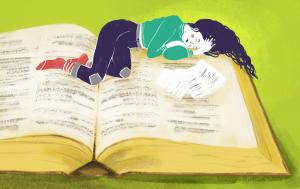Reading and thinking and writing set off a buzz, the mind at full tilt doing its thing. Engaging with words is the self as aural archive, making one function of invention curatorial, a gleaning of voices among the sheaves of ambient glossolalia. It’s in those echoes a writer hums like a tuning fork, her scalp razed. On a good day, which it was the day I was drafting “Fear and Trembling,” for NAR 299.2.
We say of a letter, remark, or conversation, that was touching. It’s a common idiom, but one that speaks truth about the connection between words and the body: affect is embodied the same way writing is, the body a bellwether for the right words. In Light Years, James Salter remarks of words: “The power to change one’s life comes from a paragraph, a lone remark. The lines that penetrate us are slender, like the flukes that live in river water and enter the bodies of swimmers.” Just as metaphors transform vehicle and tenor, words change writers and readers, and this is the real work of the world—conquering estrangement, bridging the gap between points of view. Something happens. In other contexts we call it falling in love; it’s a leap, the transformative plunge into empathy.
But none of this happens without time dedicated to reading and thinking and writing.
If you are a writer who lives with non-writers, and those non-writers are what I would call doers—that is, people who tend to be happiest when the body is occupied in some purposeful activity (raking leaves, folding laundry, scooping snow, weeding the strawberry patch, running, baking, pinning more things to do on Pinterest) —there’s a good chance you've been called out for what appears to the busy bees of the world as “doing nothing.” I am especially conscious of this appearance when I’m with family in Nebraska, third generation farmers whose daily chores require the caloric intake of a moose. It makes me want to wear a T-shirt that says something like, IT MAY NOT LOOK LIKE IT TO YOU, BUT I’M WORKING.
“Fear and Trembling,” in NAR 299.2, was written during summer vacation on a laptop from bed, a window unit AC blasting on me. The sheets were red and white paisley hand-me-downs, cast-offs from my sister who used my move to Boston as an excuse to upgrade hers. There is nothing irregular about the circumstances of the poem’s composition, except that its existence depends utterly on that day’s absence of purposeful occupation other than reading and thinking and writing.
I was reading a biography of Marianne Moore (nicknamed by mother and brother “Rat” from the The Wind in the Willows), Kirkegaard, tons of Mo Willems, Ian Bogost, Studs Terkel. And there were real toads in the imaginary garden: my son had unearthed a metal bookmark in the yard, the kind you find on a rack near the checkout at Barnes & Noble with a quote meant to inspire. And I had a summer gig doing some advising of incoming freshmen at my college, so my mind had been thinking about the status of the liberal arts, what counts for work in the world, and what the hell my son should do as an occupation when he grows up.
The poem says what I cannot say about these preoccupations. It worries me that the gift economies of art are losing value, that reading for many is a luxury when it has counted as the thing that for me set the world to technicolor, that the “time as money” metaphor is so powerful that we think of a day as “wasted” when we indulge in reading and thinking and writing. There are few answers, except to do more reading and thinking and writing. By these we are humbled and enlarged in equal measure, a beating heart that for me is iambic.



